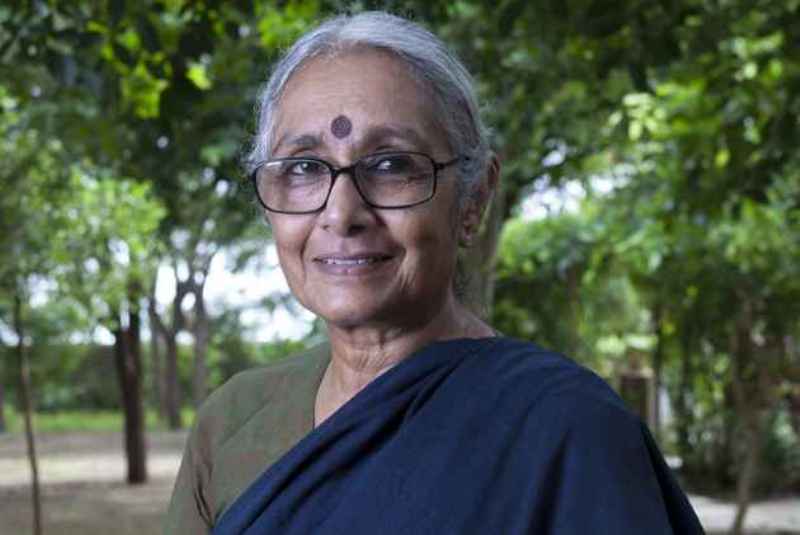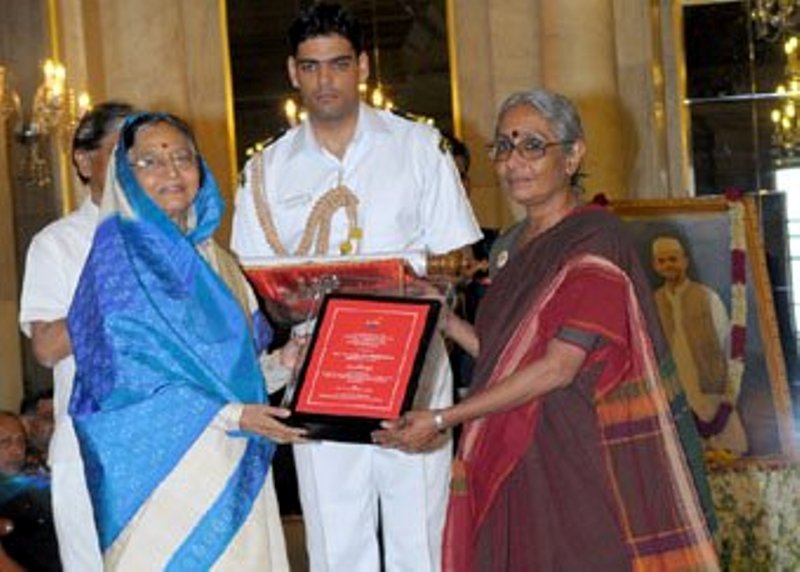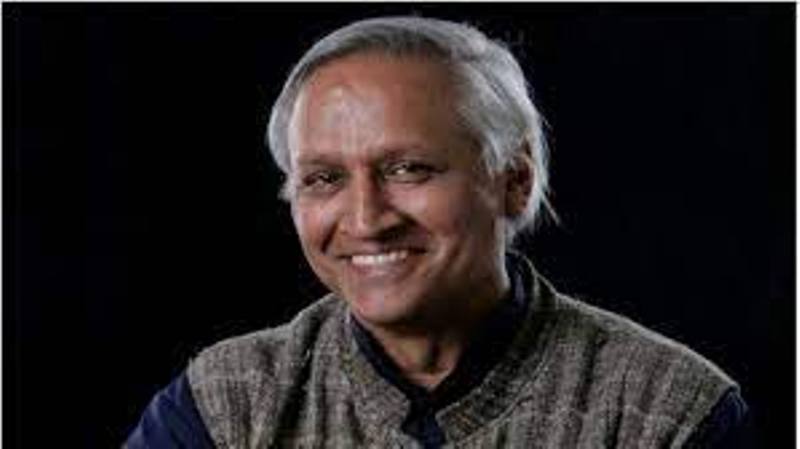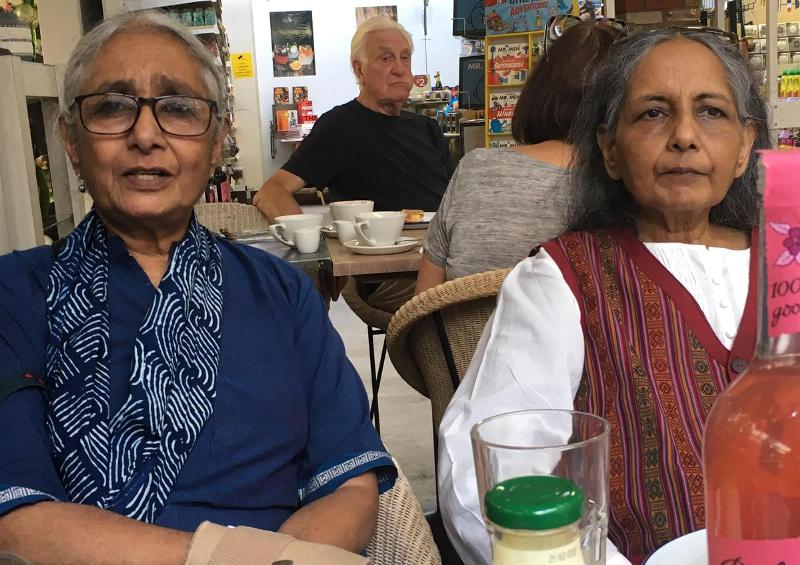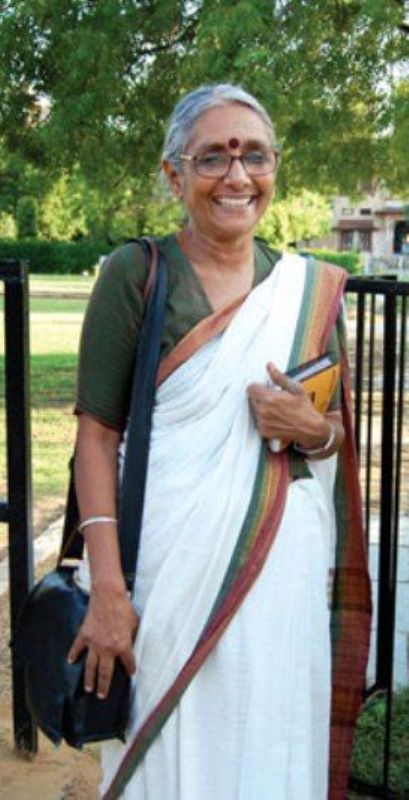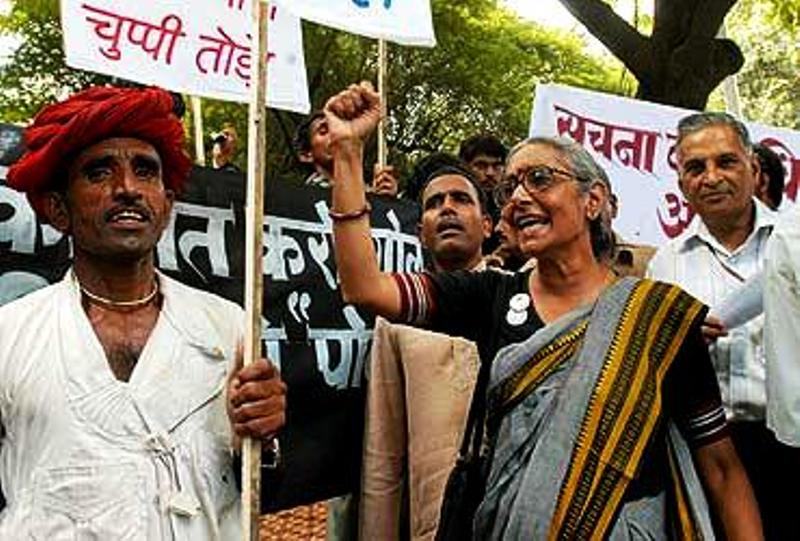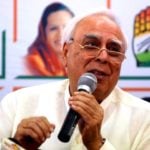Aruna Roy Age, Husband, Family, Biography & More
Quick Info→
Husband: Sanjit Bunker Roy
Marital Status: Married
Age: 77 Years
Some Lesser Known Facts About Aruna Roy
- Aruna Roy is one of the most prominent Indian RTI activists and a writer. She is the co-founder of the Mazdoor Kisan Shakti Sangathan, which gave birth to the enactment of the Right To Information Act 2005 in India.
- Aruna belongs to a well-educated Tamil-brahmin family from Tamil Nadu. Aruna’s family background consisted of high-class socialites, lawyers, and magistrates.
- According to Aruna, the women in her family were her true role models. Her maternal grandfather was an engineer by profession. He also worked towards the well-being of the underprivileged and wrote textbooks for which he would pay the printing charges from his own pocket so that the poor could afford them for their children. In the same way, Aruna’s maternal grandmother was also a socialite.
- Her father, E. D. Jayaram, studied at Rabindranath Tagore’s Shantiniketan Ashram in Bengal. He urged his daughter Aruna to pursue her studies at an ashram too and sent her to Aurobindo Ashram in Pondicherry. Aruna spent one year at the ashram; however, when she told her parents that she was not happy there, they brought Aruna to New Delhi.
- Aruna was always ahead of her age compared to most of her peers. At the age of 16, when Aruna was interviewed at the Indraprastha College for Women, Delhi, she left the panel astonished after she told them about the legendary books she had already read by then. According to Aruna, the panel believed that she was lying; however, it was a no-shocker for young women who had a cultured and civilised family background.
- By her mid-20s, Aruna became fluent in several languages such as Tamil, English, French, and Hindi.
- Aruna was influenced by feminism. At a young age, she had already dreamed of following her father’s footsteps and intended to land a career in uniformed services. In 1968, 22-year-old Aruna became one of the 10 Indian women who cleared the Indian Administrative Services exam. She served the rank for 7 years and resigned in 1974.
- Aruna spent a year at the Lal Bahadur Shastri National Academy of Administration (LBSNAA), Uttarakhand, after which she served her probation period. During her time at the LBSNAA, Aruna along with other students successfully protested against the aspects of the curriculum.
- When she was 28 years old, she moved to Tilonia in Rajasthan, where her husband, Sanjit Bunker Roy, was administering the Barefoot College. Barefoot College, a nonprofit organisation, also called Social Work and Research Center, was established by Sanjit Bunker Roy in 1972.
- The upper-middle-class woman when began living with the rural people faced many difficulties adjusting to their lifestyles and thinking perspectives. The village did not have electricity, access to any public transportation, banking services, or even pipelines for water services; however, Barefoot College introduced various technologies and sophisticated systems in many of the rural villages nearby Rajasthan. Aruna and Sanjit along with the other members of Barefoot College brought major growth in these areas and helped people get educated and work on the technology.
- In one of Aruna’s books, she mentioned Tilonia to be her real alma mater for teaching her real-life lessons.
- Aruna and her family were also influenced by Mahatma Gandhi. They had adapted his philosophies and principles. In an interview, Aruna said that Gandhi’s accomplishments were one of the most prominent points of conversation in her household.
I have lived with Gandhi all my life.”
- On 1 May 1990, Aruna along with two other social activists, Nikhil Dey and Shankar Singh, founded the Mazdoor Kisan Shakti Sangathan in the presence of around 1,000 people who had camped in tents outside the town of Bhim in Rajsamand district, Rajasthan.
- MKSS struggled for accountability law and played an important role in the adaptation of the Right To Information Act in India (2005).
- With MKSS, Aruna has been a part of several campaigns for the rights of the below-poverty-line people. These campaigns mainly focused on basic human rights including the Right to Information, the Right to Work (the NREGA), and the Right to Food. Aruna has also conducted many workshops, protests, and organisational activities concerning the same.
- Aruna was involved with the campaign for universal, non-contributory pension for unorganised sector workers as a member of the Pension Parishad and the NCPRI for the passage and enactment of the Whistleblower Protection Law and Grievance Redress Act.
- Aruna served as a bureaucrat in the NAC (National Advisory Council) until Aruna resigned in 2006. During that time, the chairman of NAC was Sonia Gandhi.
- In 2008, Aruna became the president of The National Federation of Indian Women, which is a women’s organisation in India and also the women’s wing of the Communist Party of India.
- Aruna Roy is widely appreciated for petitioning in the Supreme Court along with many activists for social issues and human rights; however, she was criticised by people when her name was listed among the 203 petitioners who filed the mercy petition for Ajmal Kasab, one of the terrorists behind the 26/11 attacks in Mumbai.
- In 2016, she was appointed the professor of practice in global governance at McGill University, in Montreal, Canada.
- Aruna has written and published many books. Her first book, Realistic Motif in the Ideology of Tagore, was published in 1974. A few of her literary work collection includes “Schools and Communities: An Experience in Rural India (1980), An Indian Feminist at Seventy (2017), and The RTI Story: Power to the People (2018).

